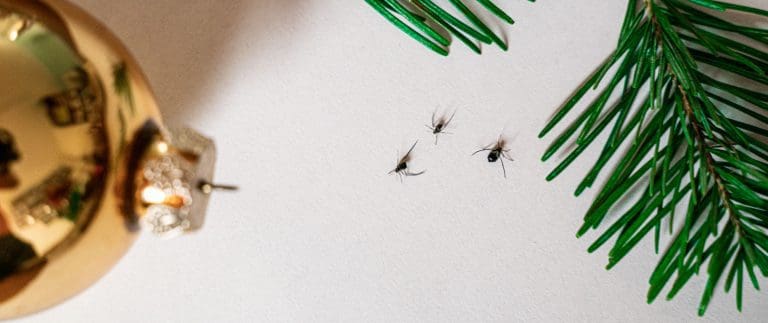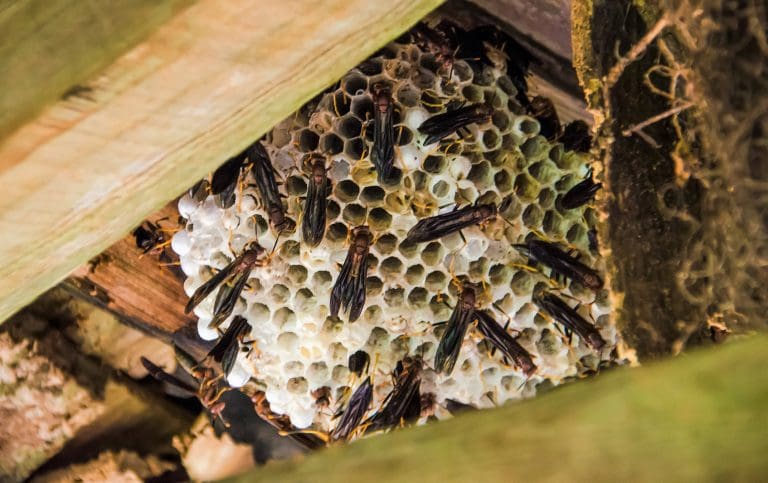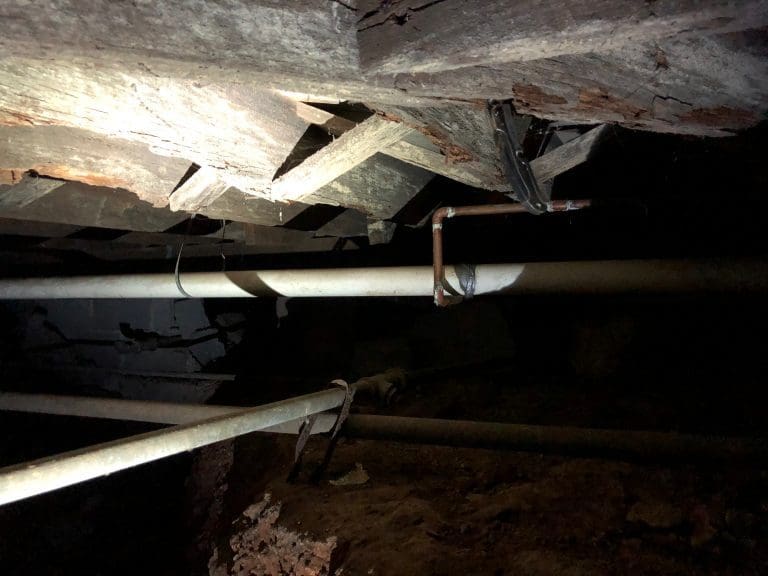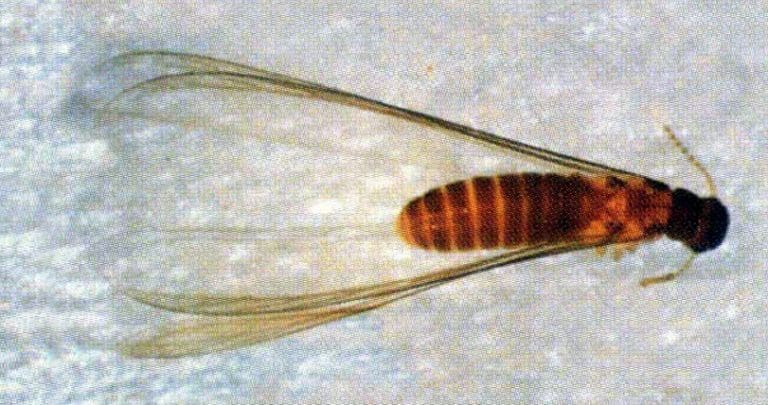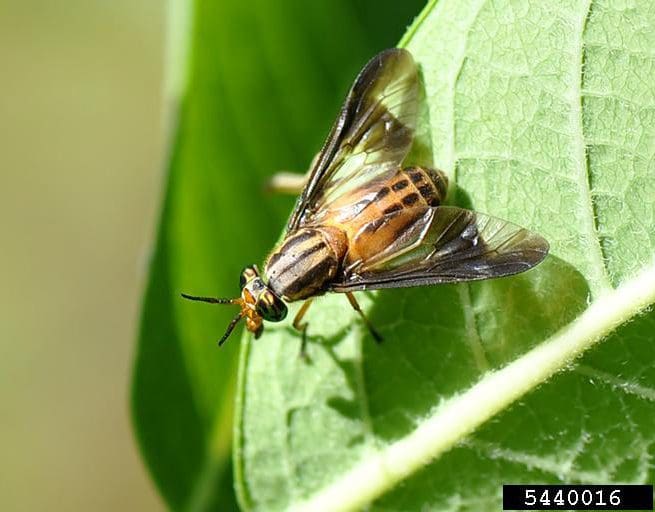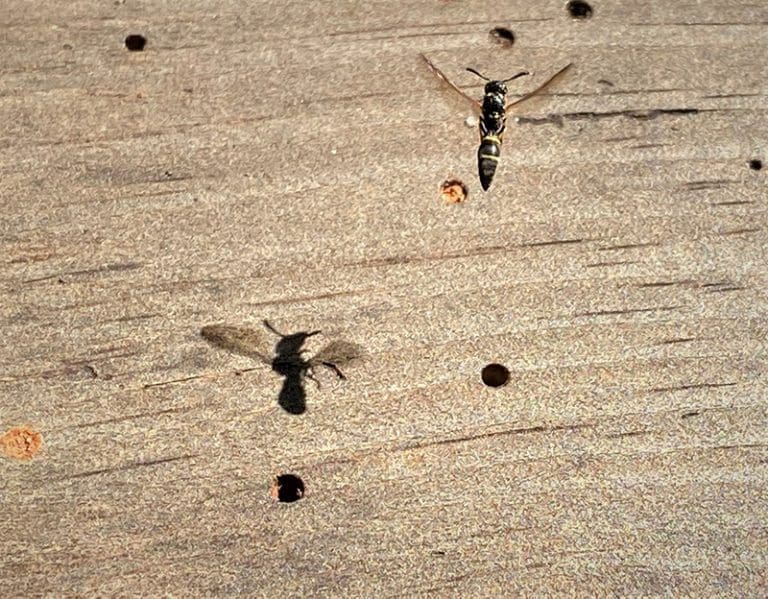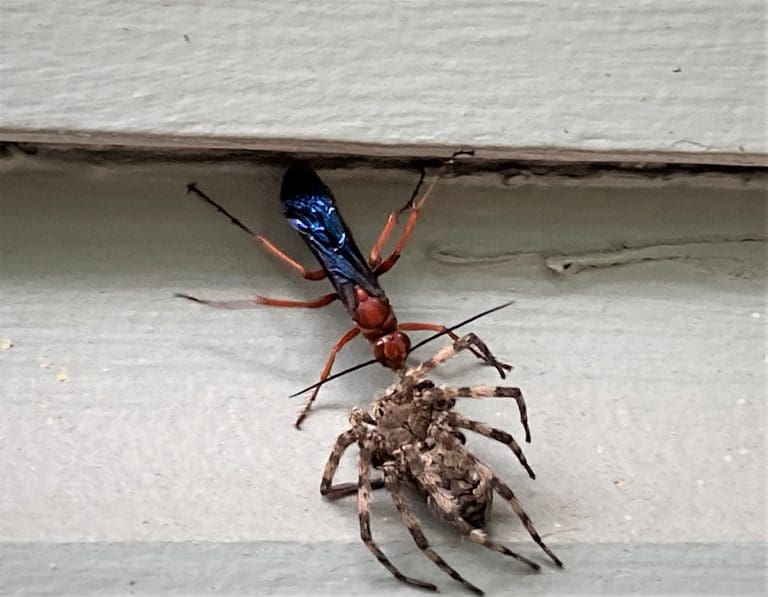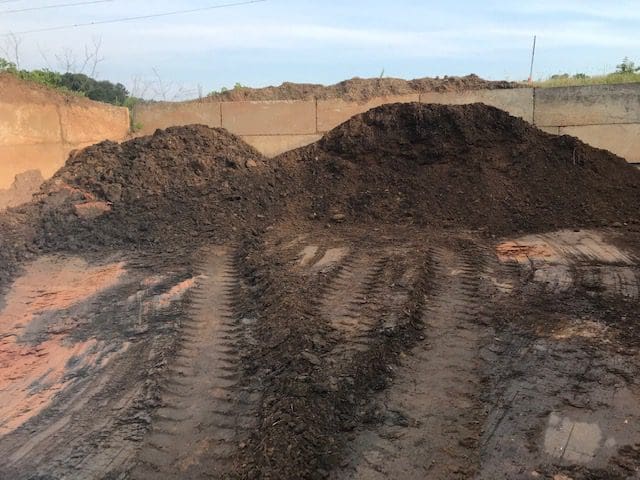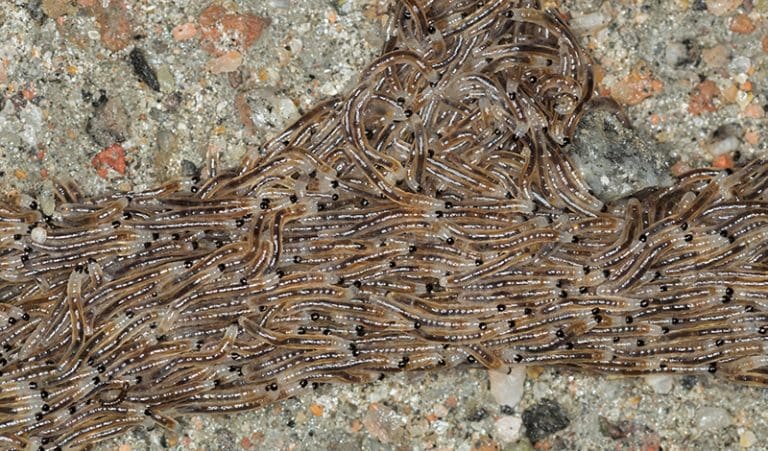Fall Flowers Buzz With Pollinators
Fall is a time when many insect pests start to move in from outdoor locations to seek shelter in our structures from colder temperatures. When nighttime temperatures start to drop below 55°F, my email and text messages increase about bugs moving into people’s homes. It makes sense that this is a time when many of you do a Fall perimeter treatment around your accounts to help reduce the number of entering pests. When you do, just be careful about pollinators.

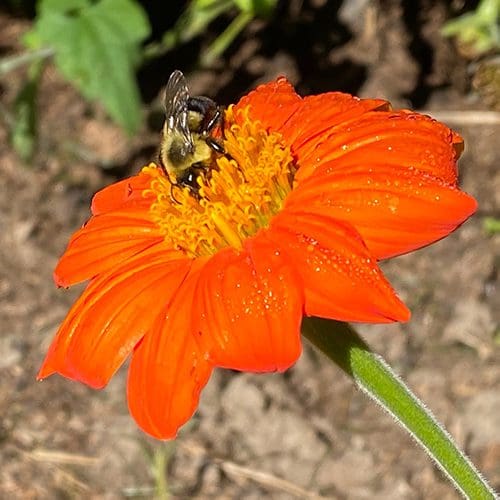
We often think of pollinators as springtime or summertime insects. They are, but the fall is also a time for a lot of pollinator activity. Around my own house we have a variety of wild goldenrod and asters. Making a close inspection on a sunny October day of most wildflowers, you will see a buzz of pollinator activity including bees, wasps, butterflies, flies, and beetles, to name a few. Many gardeners will also plant beautiful stands of fall blooming plants such as verbena or Mexican sunflower that are often alive with buzzing bees.
Fall is an important time of year when many pests enter our homes but also when many beneficial pollinators get the nectar and pollen they need to get them or their offspring through the cold days ahead. So, when you are doing perimeter treatments around your accounts for pests, be just as careful as you are in the spring and summer to avoid treating flowering plants. Especially look out for native wildflowers with their subtle blooms. All flowers, spring or fall, showy or subtle, are important to avoid with your treatments.
Author: Dr. Eric Benson, ,PhD, BCE, Professor Emeritus & Extension Entomologist, College of Agriculture, Forestry and Life Sciences

